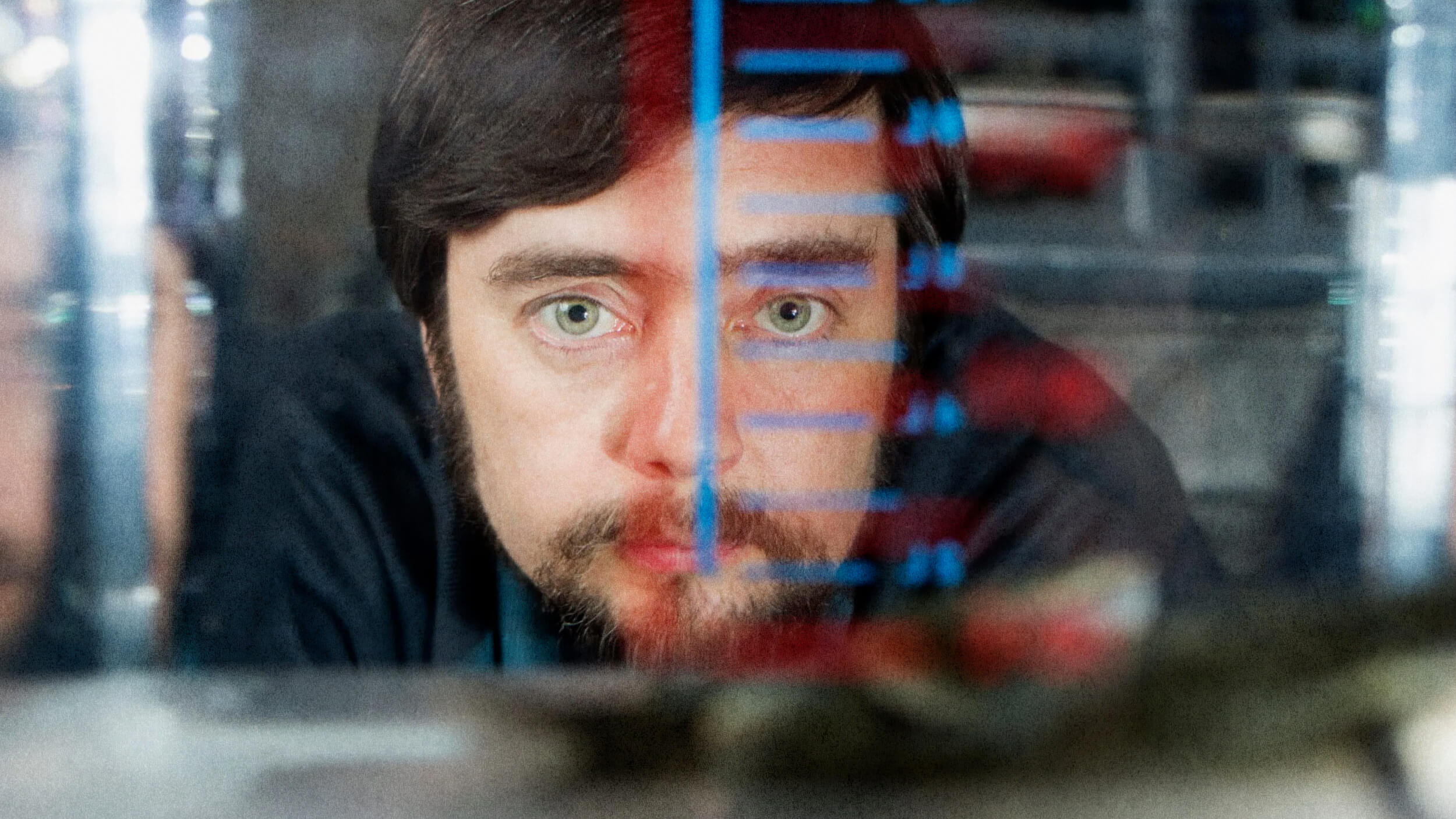The original marshmallow test was flawed, researchers now say

Photo by Graham Padmore on Unsplash
- A team of psychologists have repeated the famous marshmallow experiment and found the original test to be flawed.
- It joins the ranks of many psychology experiments that cannot be repeated, which presents a considerable problem for its findings.
- The finding that children with similar demographics had similar success as teenagers no matter what they did as toddlers raises questions about how flexible self-control is as a trait and how much it actually helps us get ahead.
Almost everybody has heard of the Stanford marshmallow experiment. For those of you who haven’t, the idea is simple; a child is placed in front of a marshmallow and told they can have one now or two if they don’t eat the one in front of them for fifteen minutes. Their ability to delay gratification is recorded, and the child is checked in on as they grow up to see how they turned out.
It is one of the most famous studies in modern psychology, and it is often used to argue that self-control as a child is a predictor of success later in life. However, an attempt to repeat the experiment suggests there were hidden variables that throw the findings into doubt.
Marshmallows for Everybody!
The new marshmallow experiment, published in Psychological Science in the spring of 2018,repeated the original experiment with only a few variations. More than 10 times as many children were tested, raising the number to over 900, and children of various races, income brackets, and ethnicity were included. The maximum time the children would have to wait for the marshmallow was cut in half.
This study discovered that the ability of the children to wait for the second marshmallow had only a minor positive effect on their achievements at age 15, at best being half as substantial as the original test found the behavior to be. More interestingly, this effect was nearly obliterated when the children’s backgrounds, home environment, and cognitive ability at age four were accounted for. The behavior of the children 11 years after the test was found to be unrelated to whether they could wait for a marshmallow at age 4.
It was also found that most of the benefits to the children who could wait the whole seven minutes for the marshmallow were shared by the kids who ate the marshmallow seconds upon receiving it. This, in the researchers eyes, casted further doubt on the value of the “self-control” shown by the kids who did wait.
Lead author Tyler W. Watts of New York University explained the results by saying, “Our results show that once background characteristics of the child and their environment are taken into account, differences in the ability to delay gratification do not necessarily translate into meaningful differences later in life.” They also added “We found virtually no correlation between performance on the marshmallow test and a host of adolescent behavioral outcomes. I thought that this was the most surprising finding of the paper.”
What does this mean for self-control as a virtue?
While the test doesn’t prove that the virtue of self-control isn’t useful in life, it is a nice trait to have; it does show that there is more at play than researchers previously thought.
The key finding of the study is that the ability of the children to delay gratification didn’t put them at an advantage over their peers from with similar backgrounds. Students whose mothers had college degrees were all doing similarly well 11 years after they decided whether to eat the first marshmallow. The same was true for children whose mothers lacked a college education.
This opens the doors to other explanations for why children who turn out worse later might not wait for that second marshmallow.
Many thinkers, such as, Sendhil Mullainathan and Eldar Shafir, are now turning to the idea that the effects of living in poverty can lead to the tendency to set short-term goals, which would help explain why a child might not wait for the second marshmallow. If true, then this tendency may give way to lots of problems for at-risk children. After all, if your life experiences tell you that you have no assurances that there will be another marshmallow tomorrow, why wouldn’t you eat the one in front of you right now?
They often point to another variation of the experiment which explored how kids reacted when an adult lied to them about the availability of an item. When a child was told they could have a second marshmallow by an adult who had just lied to them, all but one of them ate the first one. In the cases where the adult had come through for them before, most of the kids were able to wait for the second marshmallow.
Were the kids who ate the first marshmallow in the first study bad at self-control or just acting rationally given their life experiences? The same question might be asked for the kids in the newer study.
Another interpretation is that the test subjects saw comparative improvements or declines in their ability for self-control in the decade after the experiment until everybody in a given demographic had a similar amount of it. If this is true, it opens up new questions on how to positively influence young people’s ability to delay gratification and how severely our home lives can affect how we turn out.
What does this mean for experimental psychology?
The refutation of the findings of the original study is part of a more significant problem in experimental psychology where the results of old experiments can’t be replicated. Some tests had a poor methodology, like the Stanford prison experiment, some didn’t factor for all of their variables, and others relied on atypical test subjects and were shocked to find their findings didn’t apply to the population at large, like the marshmallow test.
That last issue is so prevalent that the favored guinea pigs of psychology departments, Western, educated, industrialized, rich, democratic students, have gained the acronym WEIRD. This is a bigger problem than you might think because lots of ideas in psychology are based around the findings of studies which might not be generalizable. The original marshmallow test has been quoted endlessly and used in arguments for the value of character in determining life outcomes despite only having students at a pre-school on Stanford’s campus involved, hardly a typical group of kids.
The Stanford marshmallow test is a famous, flawed, experiment. While it remains true that self-control is a good thing, the amount you have at age four is largely irrelevant to how you turn out. So, relax if your kindergartener is a bit impulsive. They still have plenty of time to learn self-control.





